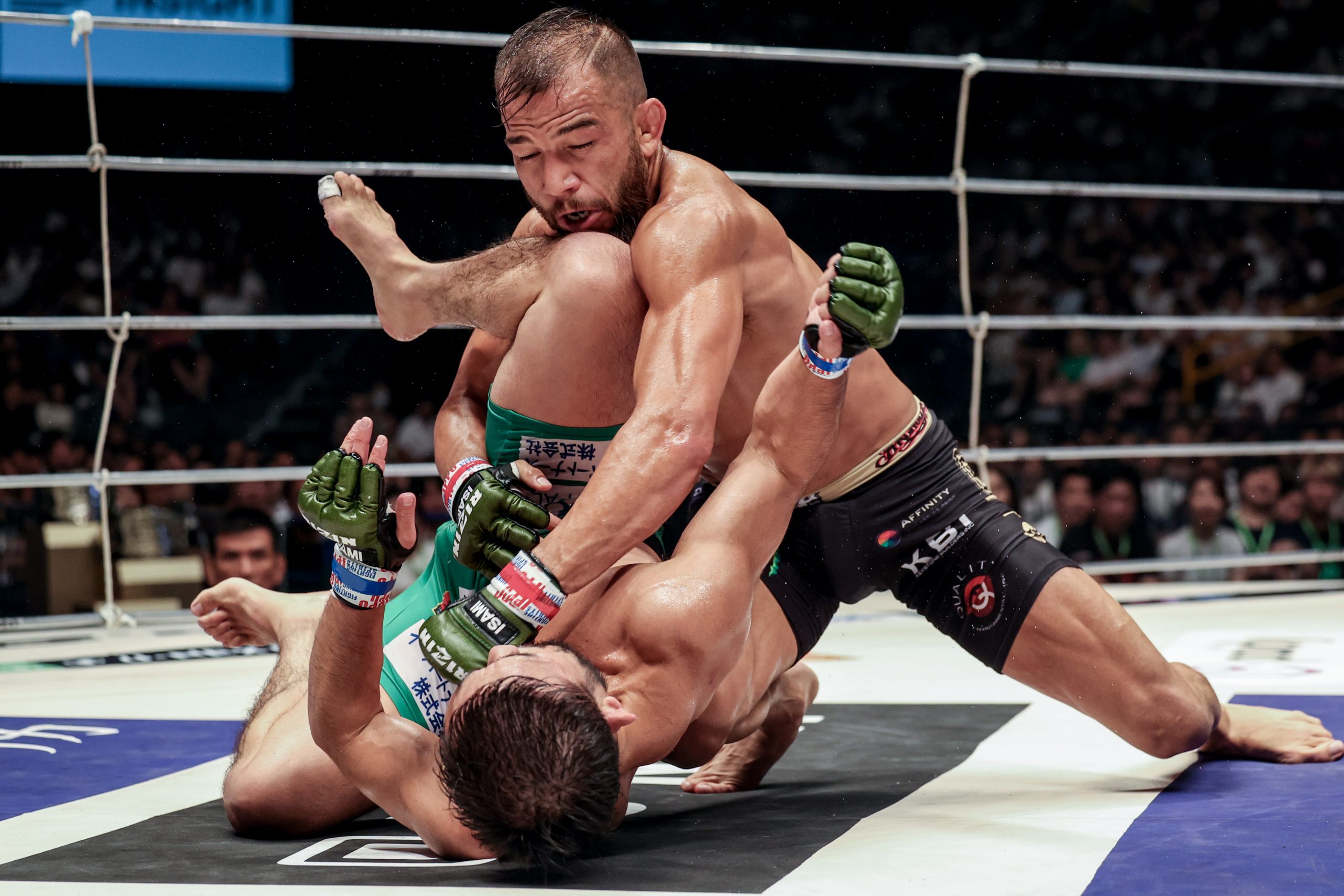Mixed Martial Arts (MMA). Just the name evokes images of brutal clashes, superhuman athletes, and the raw intensity of unarmed combat. This intensity and strategic depth have parallels in other competitive arenas, like online poker, where players in states like New York might seek out what the WPD has to offer. But MMA is more than just a spectacle of violence. It’s a sport that has evolved remarkably, transforming from a niche curiosity into a global phenomenon with a dedicated fanbase and mainstream recognition. This article explores the journey of MMA, tracing its origins, highlighting its key milestones, and examining the factors contributing to its explosive growth.
The Roots of Combat
Combining different fighting styles into a single discipline is not new. Ancient civilizations practiced various forms of combat that incorporated elements of striking, grappling, and wrestling. The ancient Greeks had Pankration, a brutal sport that combined boxing and wrestling with minimal rules. In the early 20th century, Vale Tudo, a no-holds-barred fighting style, emerged in Brazil, pitting fighters from different disciplines against each other.
The Birth of Modern MMA
The modern era of MMA can be traced back to the creation of the Ultimate Fighting Championship (UFC) in 1993. The UFC’s initial premise was to pit fighters from different martial arts backgrounds against each other in a no-holds-barred competition to determine the most effective fighting style. The early UFC events were raw and unpredictable, with minimal rules and a focus on showcasing the diversity of martial arts. Royce Gracie, a Brazilian Jiu-Jitsu practitioner, dominated the early UFC tournaments, proving the effectiveness of ground fighting and grappling against larger, stronger opponents.
The early days of MMA were marked by controversy and criticism. The lack of rules and the perceived brutality of the sport led to calls for its ban in many states. However, the UFC and other MMA organizations recognized the need for regulation to ensure the safety of fighters and the legitimacy of the sport. Over time, rules were implemented, weight classes were established, and safety measures were introduced. These changes helped to legitimize MMA in the eyes of the public and paved the way for its mainstream acceptance.
The Rise of MMA Superstars
As MMA evolved, so did its stars. Fighters like Chuck Liddell, Randy Couture, and Tito Ortiz became household names, captivating audiences with their charisma and fighting prowess. These superstars’ emergence helped elevate MMA’s profile and attract a wider fanbase. The rise of women’s MMA, with pioneers like Ronda Rousey and Cris Cyborg, further expanded the sport’s appeal and showcased the incredible athleticism and skill of female fighters.
MMA’s popularity is not limited to the United States. The sport has gained a massive following worldwide, with major organizations like the UFC, Bellator, and ONE Championship holding events worldwide. The internationalization of MMA has brought new talent and perspectives to the sport, further enriching its diversity and appeal.
The Factors Driving MMA’s Growth
Several factors have contributed to MMA’s explosive growth. The sport’s inherent excitement and unpredictability are undeniable draws. The combination of striking, grappling, and wrestling creates a dynamic and engaging spectacle that keeps fans on the edge of their seats. The athleticism and skill of MMA fighters are also major attractions. These athletes are some of the world’s most well-conditioned and technically proficient, and their dedication to their craft is evident in their performances.
The rise of social media and online streaming platforms has also played a crucial role in MMA’s expansion. Fans can now access MMA content from anywhere in the world, connect with other fans, follow their favorite fighters, and watch events live or on demand. This accessibility has helped cultivate a global community of MMA enthusiasts.
The Future of MMA
The future of MMA looks bright. The sport continues to evolve, with new techniques and strategies emerging constantly. The talent pool is deeper than ever, with fighters from all over the world competing at the highest level. And the fanbase continues to grow, with more and more people discovering the excitement and intensity of MMA.
MMA is more than just a sport; it’s a cultural phenomenon that reflects our fascination with competition, athleticism, and the human spirit’s ability to overcome challenges. It’s a sport that has overcome adversity and evolved into a respected and celebrated form of entertainment. As long as athletes are willing to push their limits and fans are eager to witness their feats, MMA will continue to thrive and captivate audiences worldwide.

